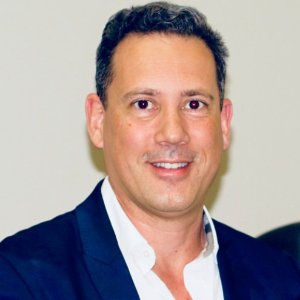Hydrotherapy
Hydrotherapy, also known as water therapy, is a therapeutic approach that utilizes water in various forms to promote health, alleviate pain, and enhance well-being. This age-old practice harnesses the unique properties of water, including buoyancy, hydrostatic pressure, and temperature, to achieve therapeutic effects. Hydrotherapy encompasses a diverse range of techniques and interventions, from simple immersion in warm water to more advanced methods such as whirlpool baths, contrast baths, and aquatic exercise. The buoyancy of water reduces the effects of gravity on the body, providing a supportive environment for movement and exercise, particularly beneficial for individuals with musculoskeletal conditions, arthritis, or those recovering from injuries. One of the primary benefits of hydrotherapy is its ability to improve circulation and reduce inflammation. The hydrostatic pressure exerted by water enhances blood flow and lymphatic drainage, contributing to the reduction of swelling and promoting the healing of tissues. Additionally, the warmth of water helps relax muscles and joints, easing tension and stiffness. This makes hydrotherapy a valuable modality for managing chronic pain, arthritis, and conditions involving muscle spasms.

Jay Spector
American Academy of Podiatric Sports Medicine (AAPSM), United States
Marcia J Scherer
Institute for Matching Person and Technology, United States
Marcos Brioschi
American Academy of Thermology, United States
Blair Gorenberg
Shirley Ryan Abilitylab, United States
Roberta Sartori
IRCCS Materno-Infanitle Burlo Garofolo, Italy
Cho Li Yin
Taichung Veterans General Hospital - VGHTC, Taiwan




Title : Best practice guidelines for the use of pharmacological neuromodulation in disorders of diminished motivation: A comprehensive approach
Vaidya Balasubramaniam, Illawarra and Shoalhaven Local Health District Hospitals, Australia
Title : A forgotten component of knee osteoarthritis
Ron Blehm, EEI Physio LLC, United States
Title : Functional outcomes of DSSA-Based pelvic rehabilitation combined with manual therapy and electrostimulation in men after oncologic surgery: A retrospective case series
Eren Uyar, Fizyomen Physiotherapy & Rehabilitation Center, Turkey
Title : We are living and working in the age of individualization
Marcia J Scherer, Institute for Matching Person and Technology, United States
Title : Efficacy of Inspiratory Muscle Training (IMT) in post-weaning ICU recovery: A clinical randomized controlled trial
Warda Khan, Chongqing Medical University, Pakistan
Title :
Subramanya Adiga, Middlemore Hospital, New Zealand